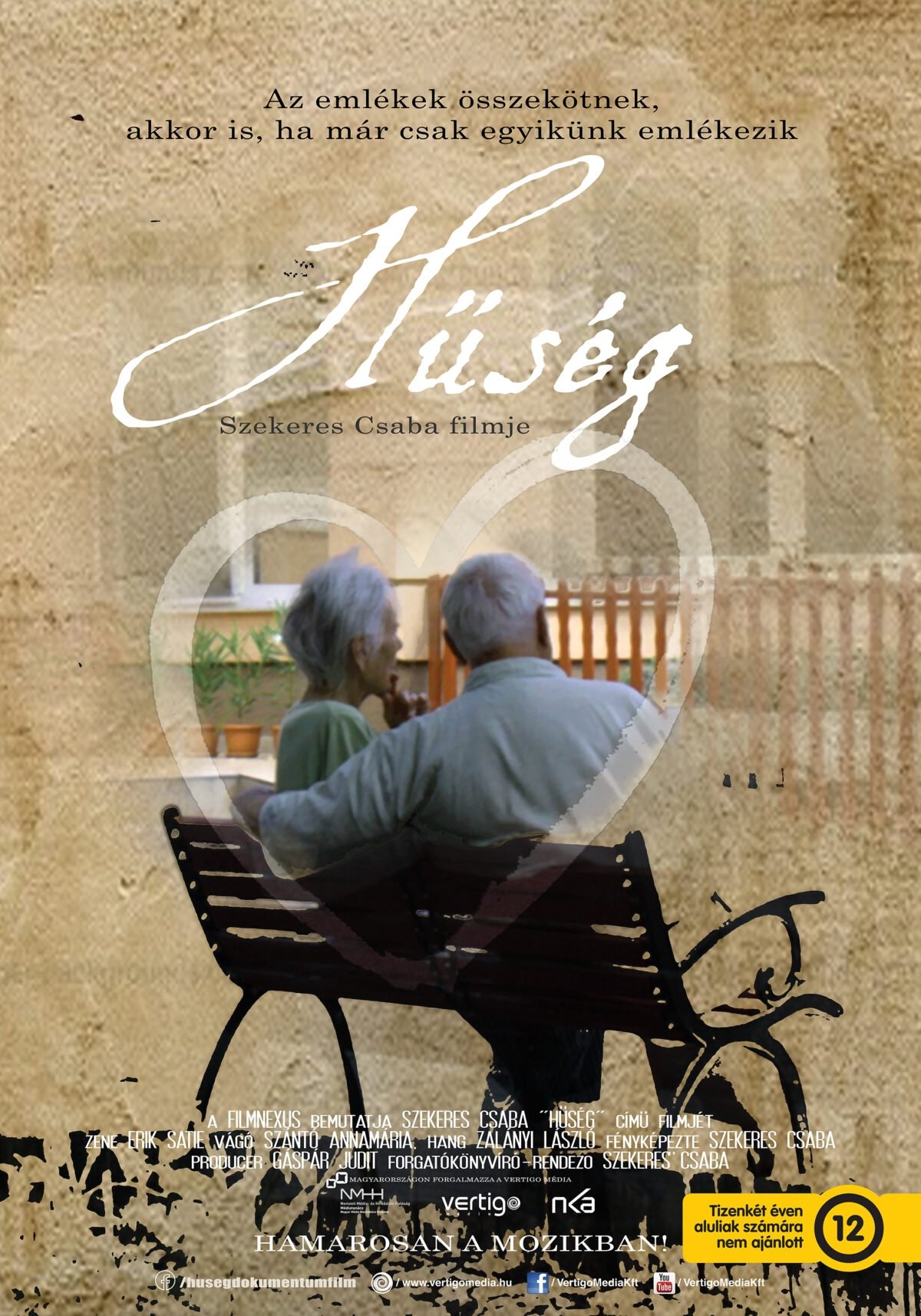New York Portrait, Chapter III (1990)
• March 21st, 1990 • 0h 15min
Documentary
Overview
"[Hutton’s] latest urban film, New York Portrait, Chapter III, takes on a unique tone in relation to Hutton’s ongoing exploration of rural landscape. The very fact that Hutton is dealing with older footage, with archives of memory more than immediacy, gives it a different texture than his earlier New York films. Hutton always found the presence of nature in the city, not only in his many shots of sky and vegetation, but also in the geometry and texture of the city itself, which seemed to project an independence from the human." (Tom Gunning)
Make sure to check your pop-up blocker!!
Trailer
Similar Movies
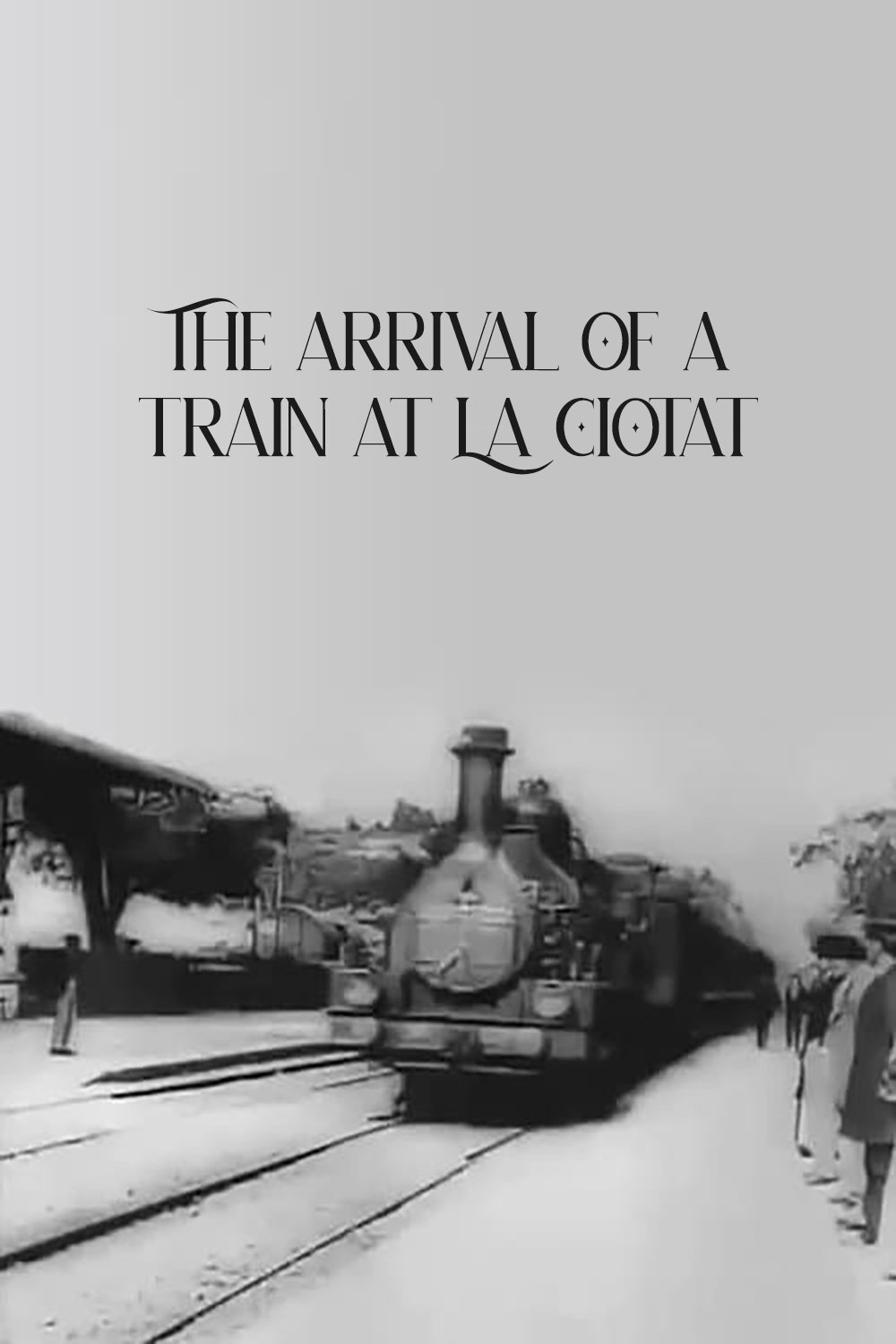
The Arrival of a Train at La Ciotat
Released on: 1896-06-30
Documentary
A group of people are standing along the platform of a railway station in La Ciotat, waiting for a t...

Berlin: Symphony of a Great City
Released on: 1927-09-23
Documentary
A day in the city of Berlin, which experienced an industrial boom in the 1920s, and still provides a...
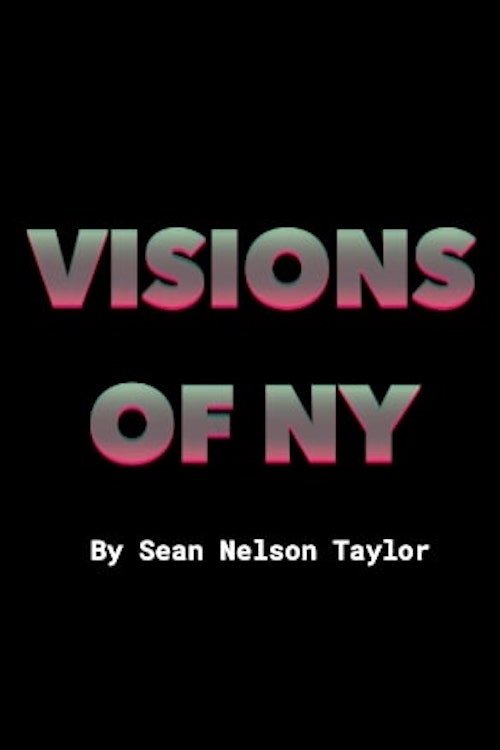
VISIONS_OF_NY
Released on: 2019-03-12
Documentary, Mystery
Experimental short film exploring New York City's multicultural history through the eyes of three ch...
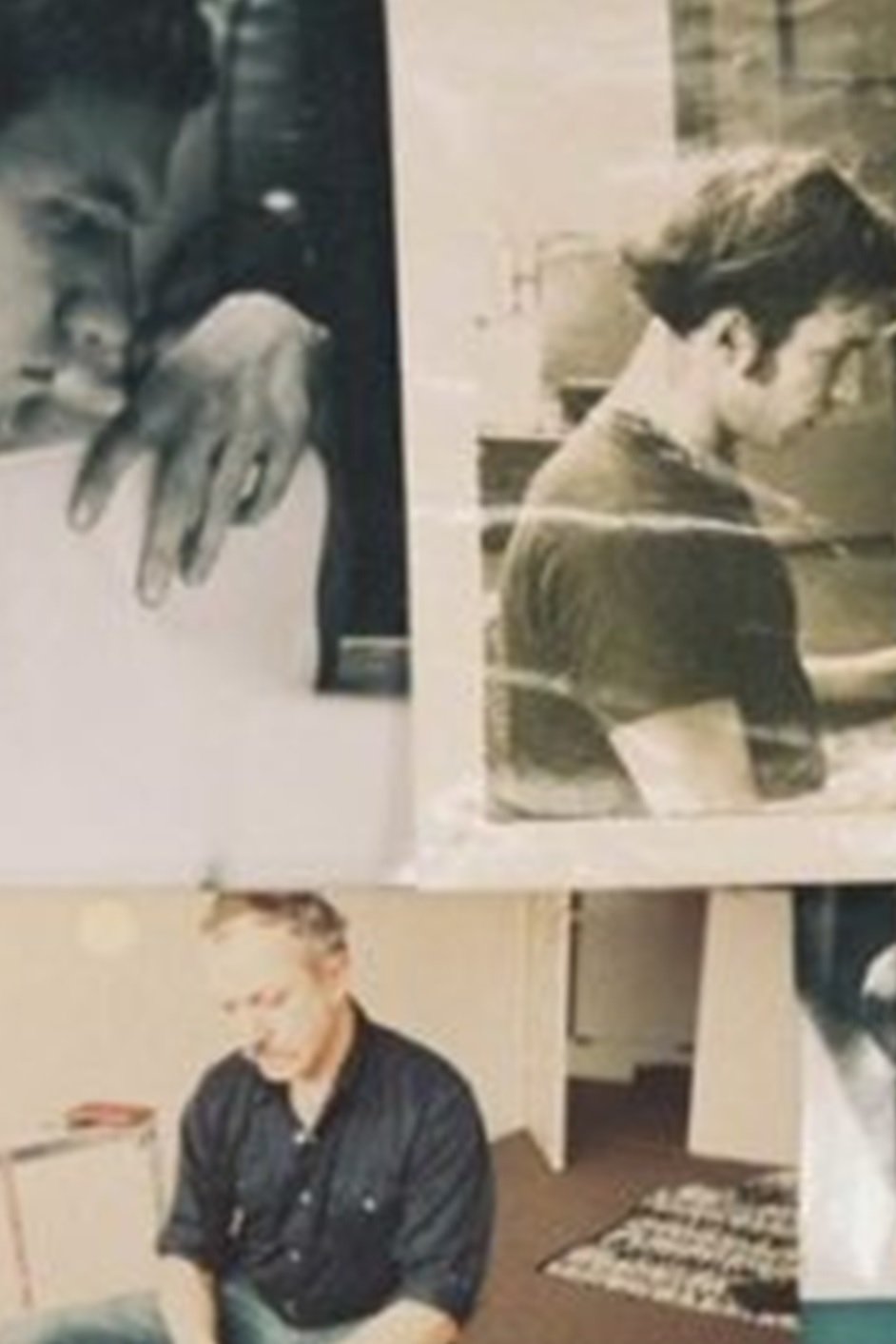
Electro-Pythagorus: A Portrait of Martin Bartlett
Released on: 2017-02-26
Documentary
Electro-Pythagorus is an intimate and subjective portrait of the late Martin Bartlett, the Canadian ...

Railway Station
Released on: 1980-01-01
Documentary
Warsaw's Central Railway Station. 'Someone has fallen asleep, someone's waiting for somebody else. M...
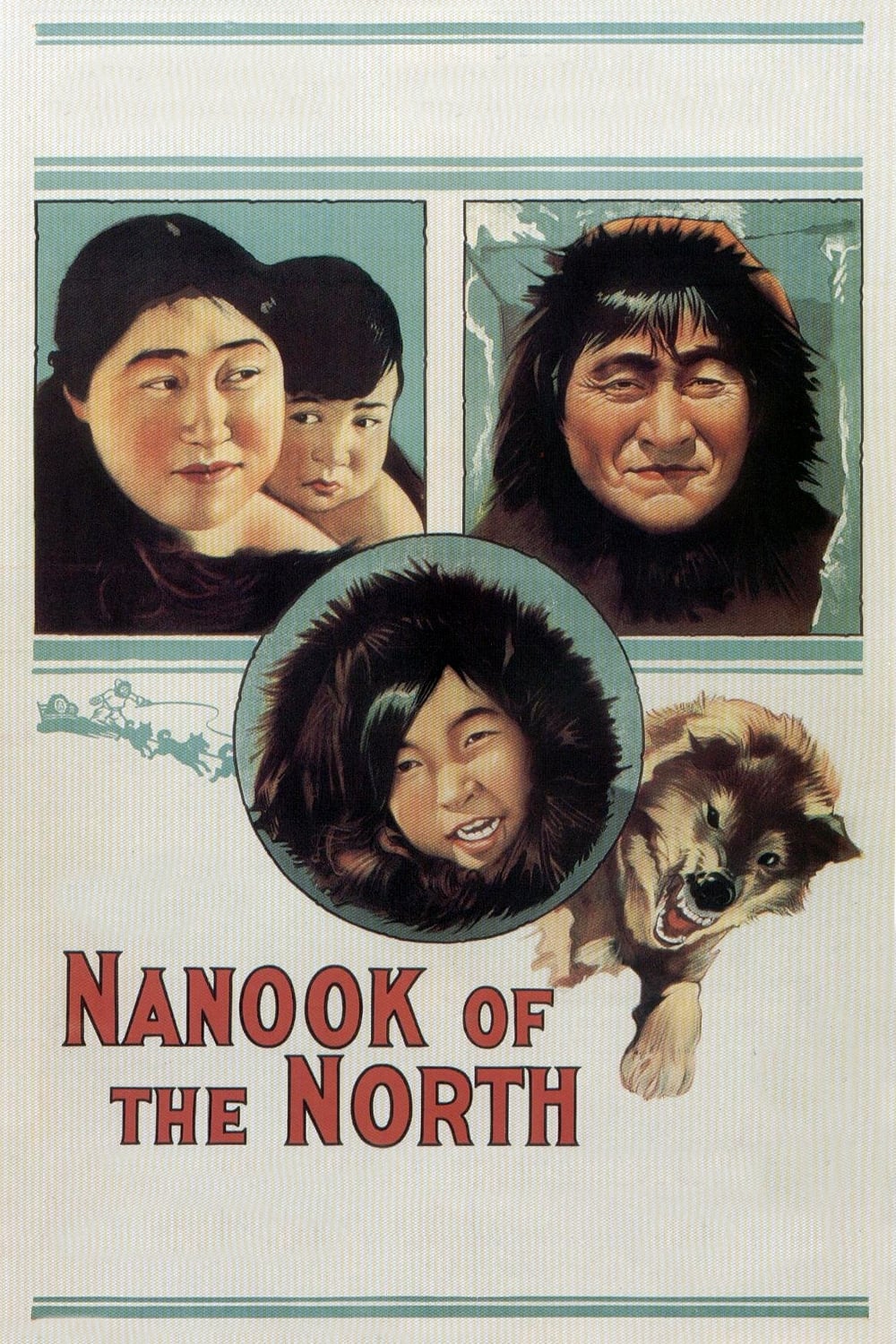
Nanook of the North
Released on: 1922-06-11
Documentary, Drama
This pioneering documentary film depicts the lives of the indigenous Inuit people of Canada's northe...
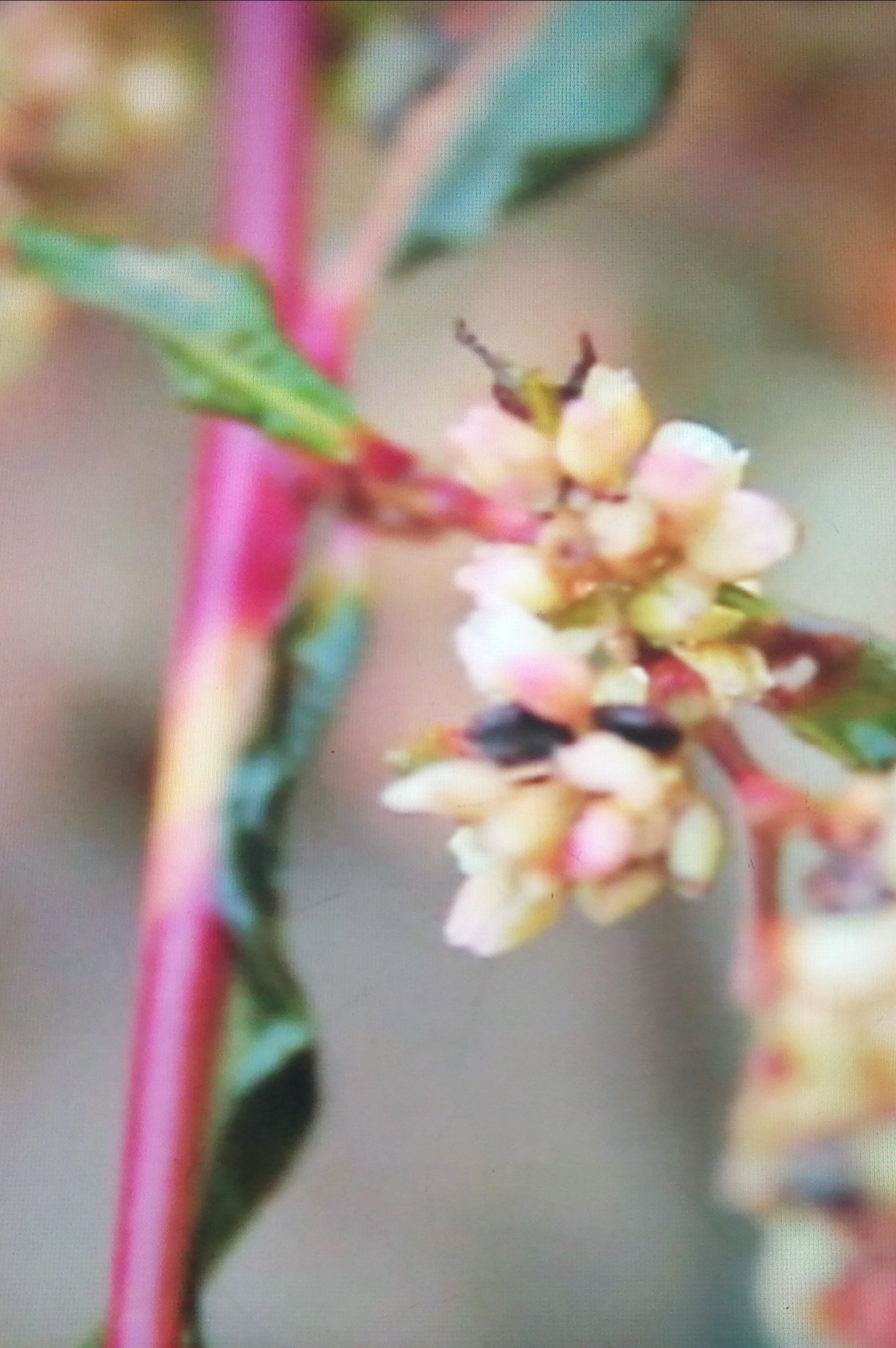
Hunting Confessions
Released on: 2025-01-31
Documentary
"This project consists a visual fluidity of construction, harmony and thoughts taking colors and len...

Heterodyne
Released on: 1967-01-01
Documentary
“Geometric animation made entirely by sculptural methods: cutting, punching, welding colored leader....

1/57: Experiment with Synthetic Sound (Test)
Released on: 1957-03-01
Documentary
Mostly dark, rejecting images which are repeated. A stone wall, the chamber of a revolver which is, ...

The IX Olympiad in Amsterdam
Released on: 1928-01-01
Documentary
A documentary on the 1928 Olympic Games in Amsterdam. Made by Istituto Luce, there is an understanda...
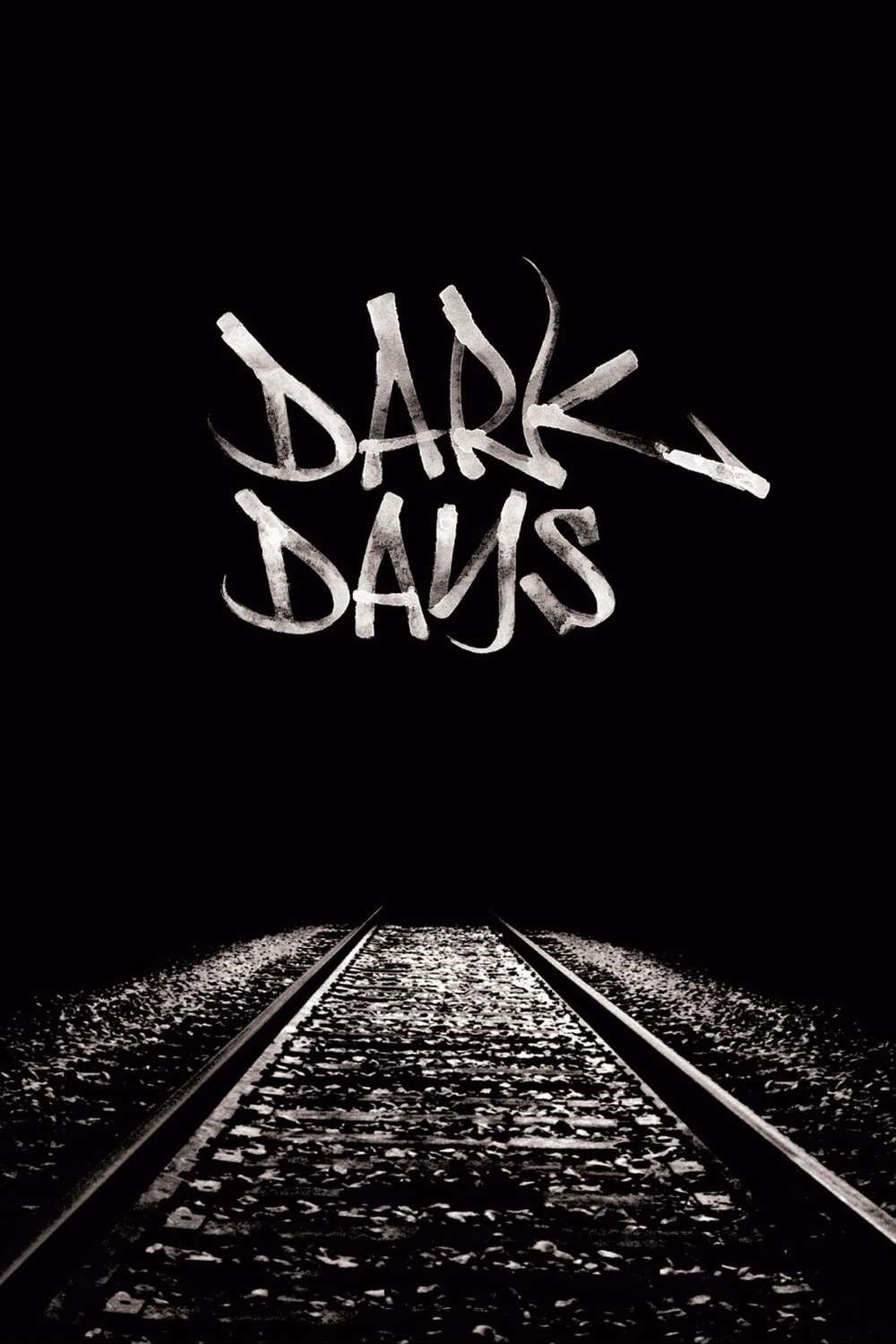
Dark Days
Released on: 2000-08-30
Documentary
A cinematic portrait of the homeless population who live permanently in the underground tunnels of N...
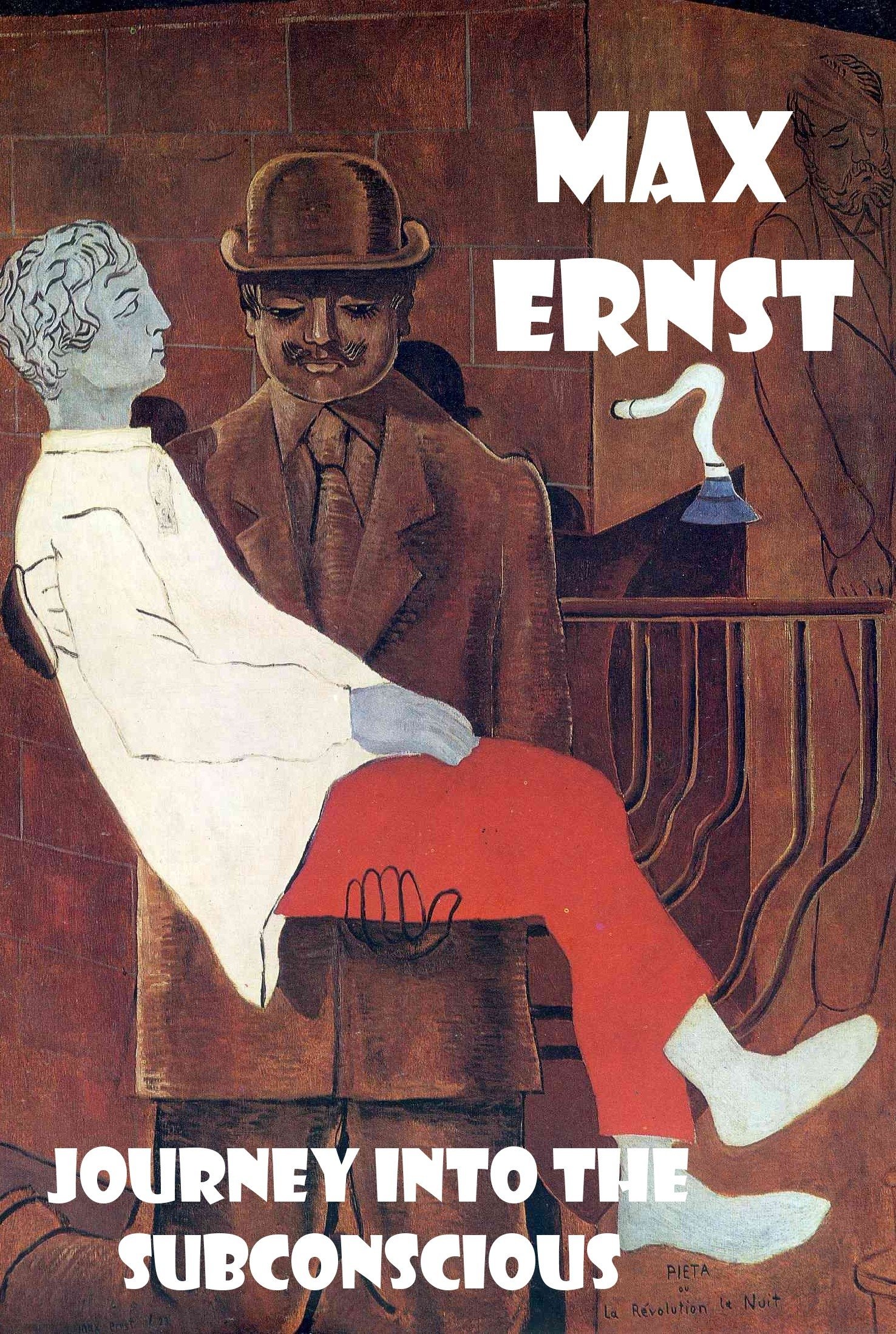
Max Ernst: Journey into the Subconscious
Released on: 1964-01-01
Documentary
The inner world of the great painter Max Ernst is the subject of this film. One of the principal fou...

Sons of the Surf
Released on: 1926-10-03
Documentary
Surfing at Waikiki Beach, Hawaii, on the island of Oahu. Most surfers are human, one is a dog. The e...

Tramuntana
Released on: 2025-02-23
Documentary
In a remote area of northern Spain, the wind has a name: Tramuntana. Tramuntana takes what it wants—...
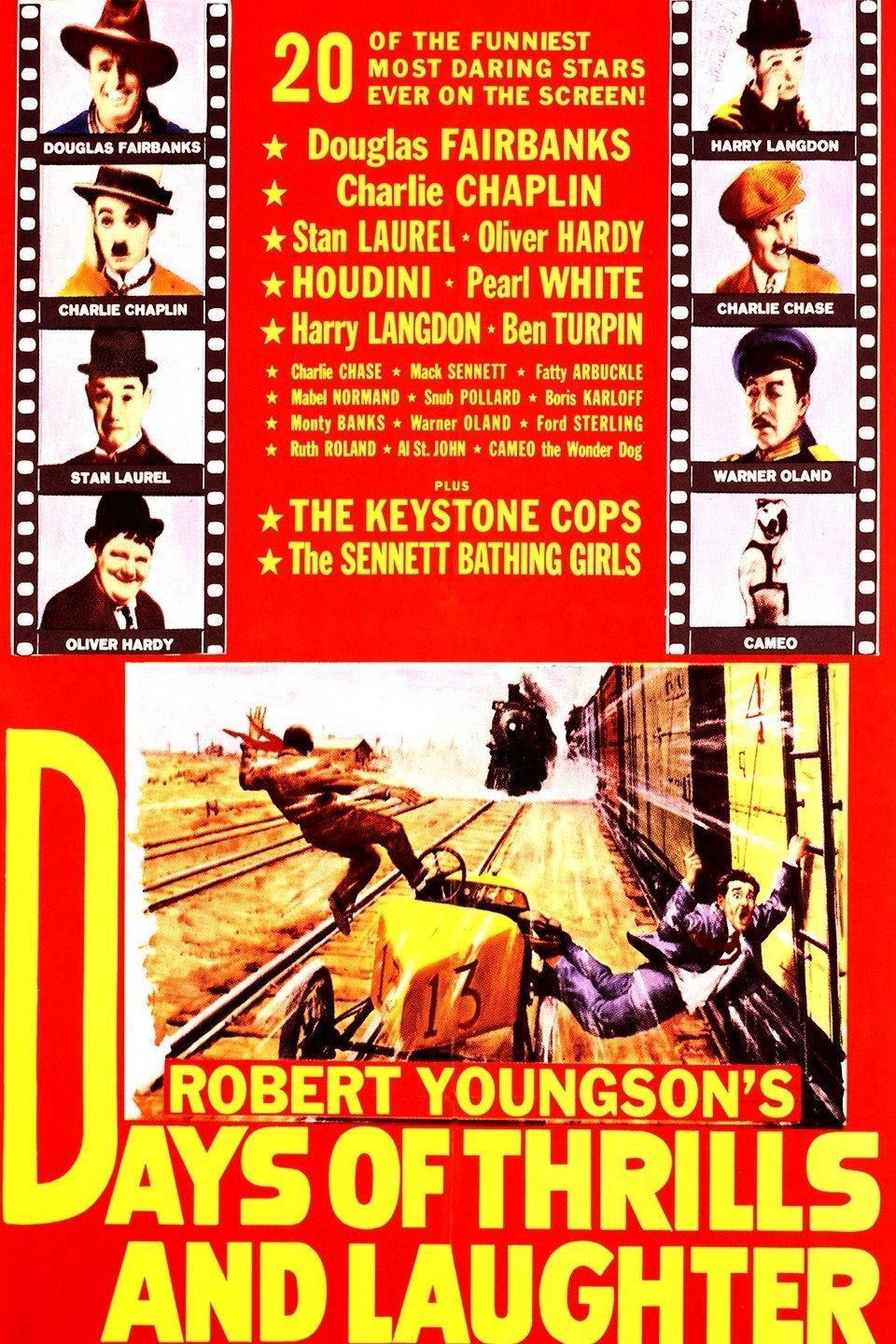
Days of Thrills and Laughter
Released on: 1961-03-21
Documentary
An appreciative, uncritical look at silent film comedies and thrillers from early in the century thr...

untitled minneapolis project
Released on: 2025-05-16
Documentary
A homeless man living in a encampment in Minneapolis tells his perspective on the ongoing crisis of ...
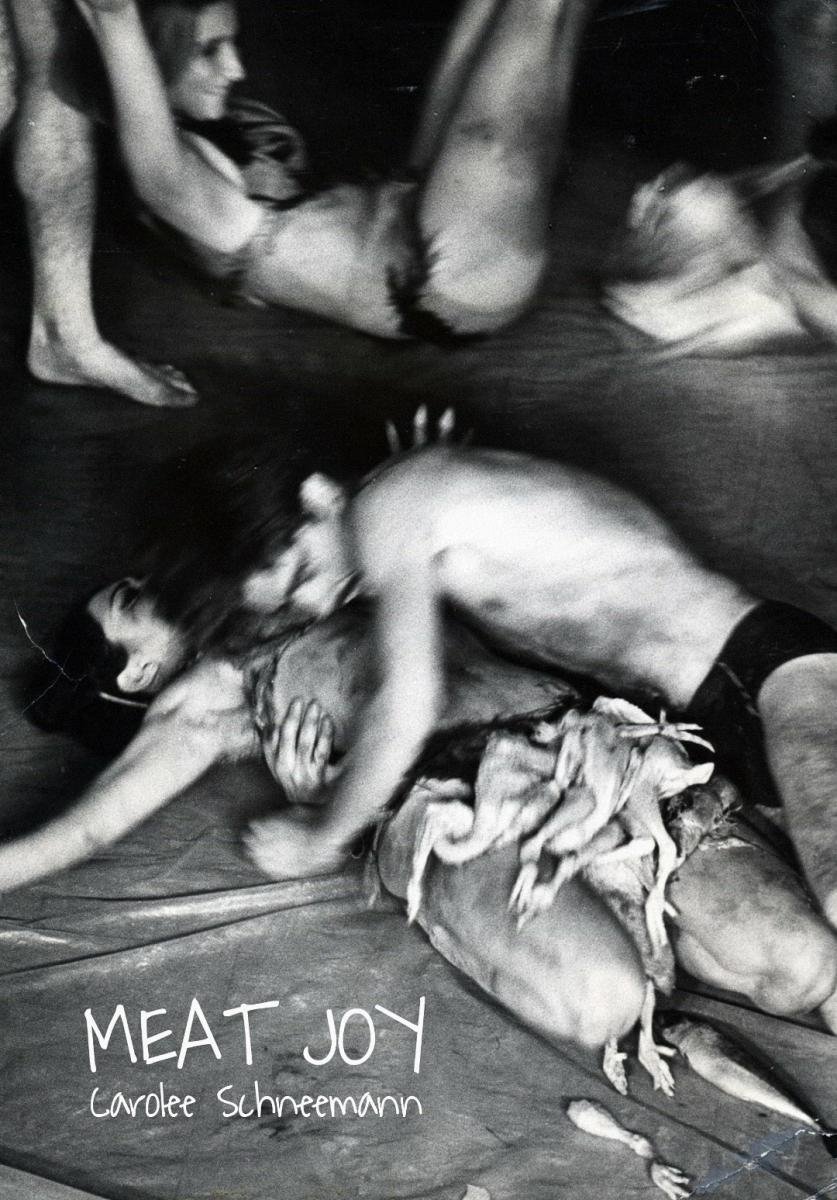
Meat Joy
Released on: 1964-05-29
Documentary
"Meat Joy is an erotic rite — excessive, indulgent, a celebration of flesh as material: raw fish, ch...

A Wheel is Round
Released on: 1971-08-01
Documentary, Music
An educational short telling us that wheels are, in fact, round!
